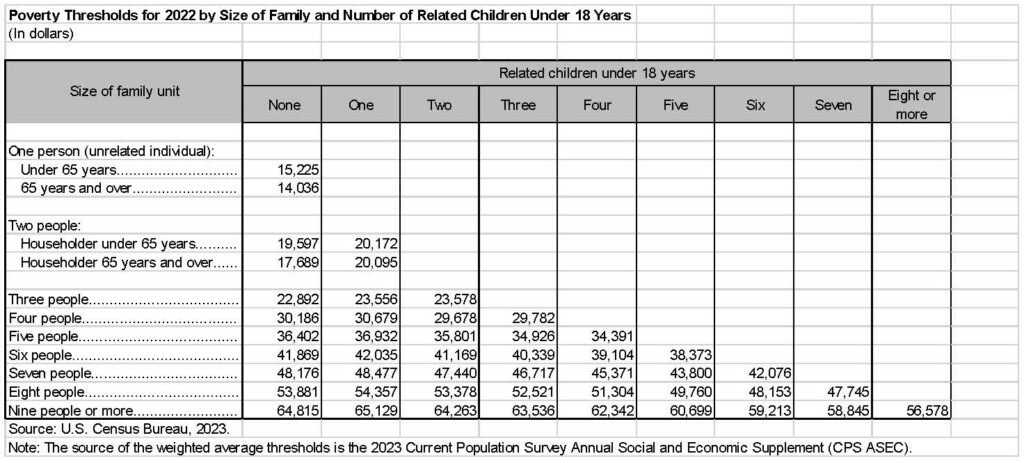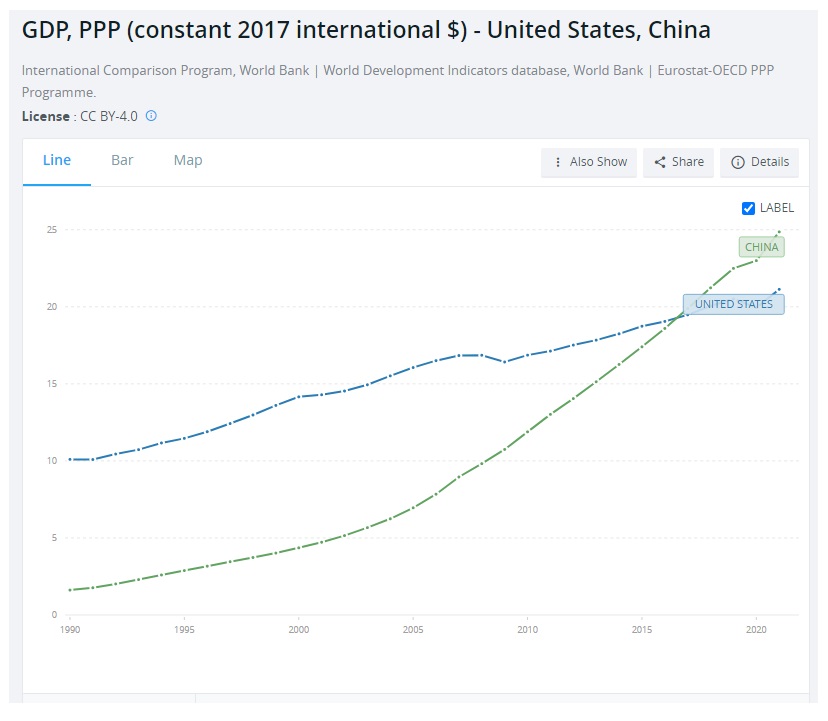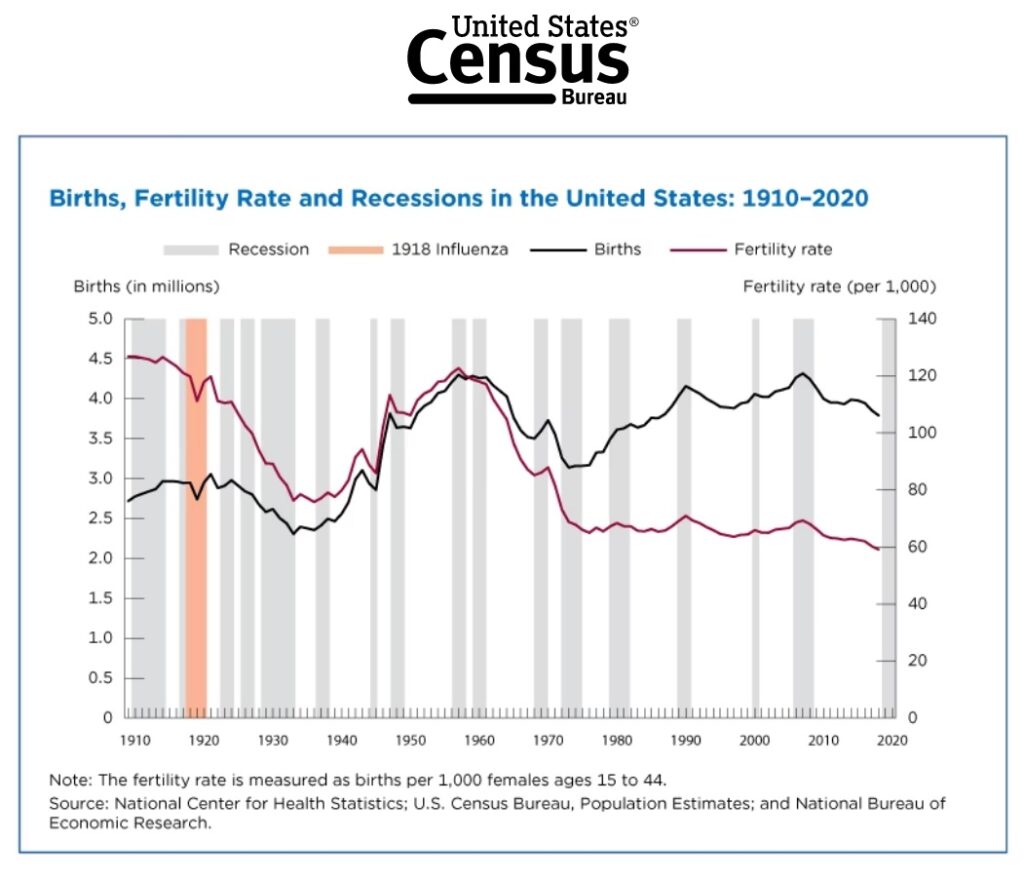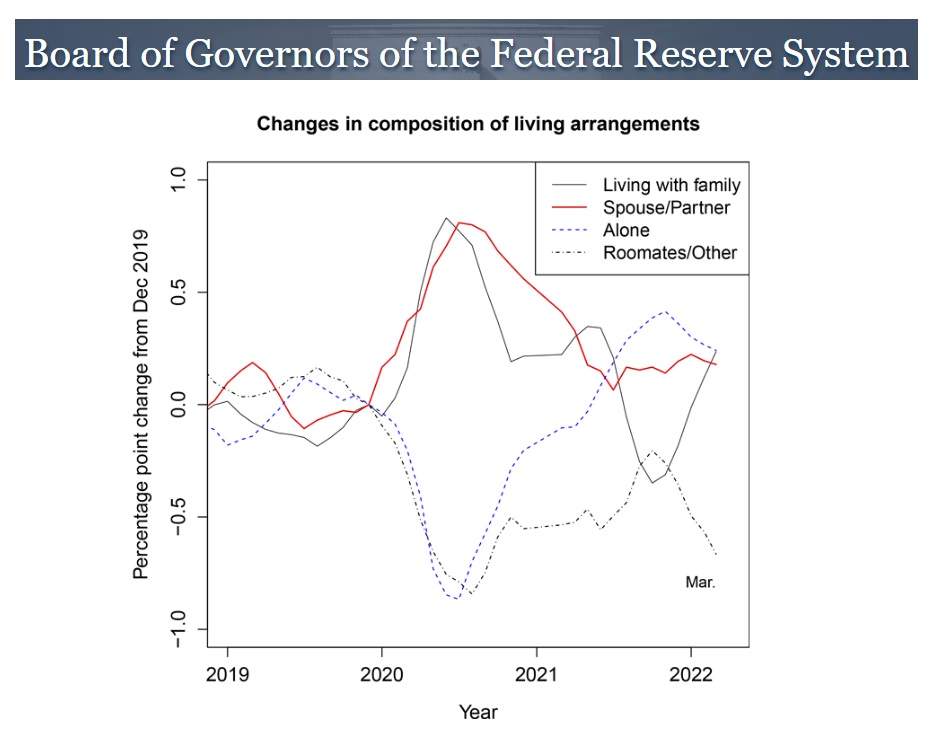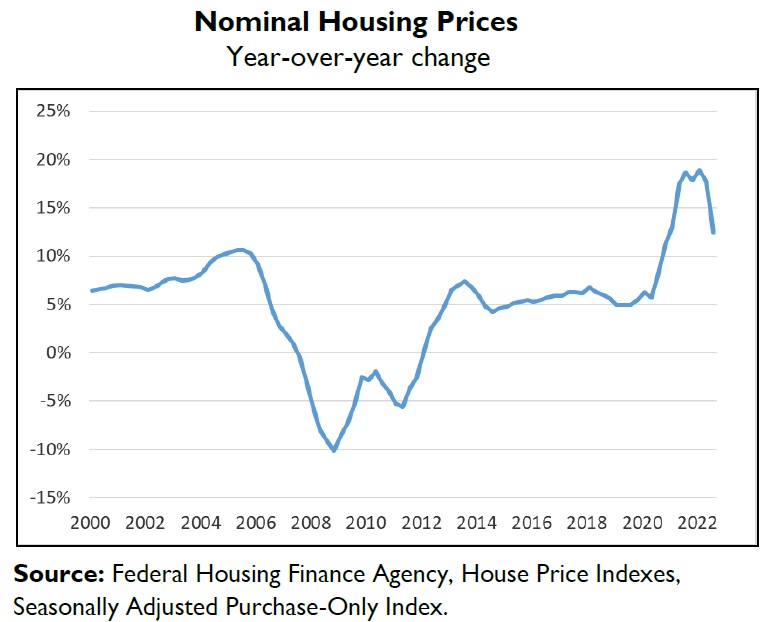June 29, 2023
Background
According to the 2017 U.S. Climate Science Special Report if yearly emissions continue to increase rapidly, as they have since 2000, models project that by the end of this century global temperature will be at least 5 degrees Fahrenheit warmer than the 1901-1960 average, and possibly as much as 10.2 degrees warmer. If annual emissions increase more slowly and begin to decline significantly by 2050, then temperatures would still be at least 2.4 degrees warmer than the first half of the 20th century, and possibly up to 5.9 degrees warmer. The National Oceanic and Atmospheric Administration’s latest trends can be viewed here.
A Watershed Event
Watershed events include the invention of the wheel, the control of fire, the invention of agriculture, the migration from wood to fossil fuels, the first industrial revolution, the discovery of germs and viruses, the internal combustion engine, the conquest of flight, mastery of nuclear fission (fusion is an ongoing effort), the advent of the digital world, and artificial intelligence. The recent discovery by University of Adelaide scientists of a low-cost, non-precious catalyst for use in a commercial electrolyzer to split natural seawater into oxygen and hydrogen with nearly 100 percent efficiency, which cannot be overstated, should be included in that elite group. In a nutshell, it makes it economically feasible to use solar energy to produce hydrogen from the ocean. As both raw materials –seawater and sunshine- are in the public domain, readily available, pollution-free, and have the pivotal ability to yield precious pure water as a byproduct, they may well undo the fossil fuels industry as we know it. As a result, polities that have heretofore relied on fossil fuels as mainstays of their economies will have to either adapt and join the unfolding reality or wither away into irrelevance.
China’s Importance
By 2030 China is expected to become the world’s largest importer of green hydrogen, to the tune of 13 million tons per year. Europe (10 million tons), Japan and Korea (7.5 million tons each) will be right behind. As for the U.S., it currently produces 10 million metric tons (approximately 11.02 million short tons) of mostly non-green hydrogen, virtually none earmarked for generation of electricity. Globally there’s an enormous shortfall of green hydrogen: to achieve net-zero greenhouse gas emissions by 2050, the world would have to produce nearly 600 million tons of it per year.
By 2030 the combined demand of 38 million tons of green hydrogen from the aforementioned importers will need to be met. Clearly, polities that act now to build plants and sign contracts to meet it stand to benefit bigtime. For many, particularly debt-ridden countries without domestic hydrocarbon reserves, this would be a game-changer. Not only would it put an end to their dependency on foreign fossil fuels (for which they must pay in hard currency), going forward they would earn a (currently non-existent) income stream as they begin to export green hydrogen.
These projections are related to the energy-greenhouse gas emissions nexus. Unfortunately, there is a dearth of suggestions, much less concrete, feasible plans on what to do about the worsening water scarcity. Glaciers everywhere are melting away, aquifers are being depleted, and some of the world’s most important rivers are drying up. This threatens supply chains, food production (which would jack up prices, otherwise known as inflation), and the necessary volume of water to support future demographic growth.
Hydrogen and Water
China and the U.S. are the top consumers of electricity. China’s power consumption rose to 8,637 TWh in 2022, or 8,637,000,000,000 kWh. In contrast, total U.S. electricity consumption in 2023 is projected to decline slightly to 4.014 trillion kWh = 4,014,000,000,000 kWh.
If these trends hold, in 2023 China will consume 2.4 times more electricity than the U.S. Accordingly, for brevity purposes, the following calculations are based on China’s demand.
The molar mass of hydrogen (H2) is 2 grams/mol, and the molar mass of oxygen (O2) is 32 grams/mol. Therefore, the ratio in grams between oxygen and hydrogen is 16:1.
Additionally, the stoichiometric ratio between hydrogen and oxygen in a balanced equation is 2:1. So, for every 2 moles of hydrogen 1 mole of oxygen is required to produce 2 moles of water.
Using the molar masses and stoichiometric ratio, we have:
907,184.74 g of H2 (1 ton) + 8,164,662.66 g of O2 → (907,184.74 g / 2) + (8,164,662.66 g / 32) = 453,592.37 g + 255,145.71 g = 708,738.08 g of H2O (708.74 kilograms).
For 1 kg hydrogen:
HHV (Higher Heating Value): 141.7 MJ or 39.4 kWh (a)
China’s power consumption rose to 8,637 TWh in 2022, = 8,637,000,000,000 kWh (b)
Therefore China’s 2022 power consumption would require (b) / 39.4 kWh (a) = 219,213,197,969.54 liters of hydrogen (= 219,213,197,969,540 g of H2).
Accordingly, 219,213,197,969,540 g of H2 + 1,972,918,781,725,860 g of O2 → (219,213,197,969,540 g / 2) + (1,972,918,781,725,860 g / 32) = 109,606,598,984,770 g + 61,653,711,928,933. g = 171,260,310,913,703 g of H2O, = 171,260,310,913.69 kilograms (Kg). Since 1 liter of water weighs 1 Kg, 171,260,310,913.69 Kg is equal to 171,260,310,913.70 liters = .17 cubic kilometers (Km3) of H2O. This is how much water China’s current power consumption would produce (as a byproduct) annually if all of it were generated from hydrogen.
By 2060 China will likely consume 100 million tons of H2. 1 ton is equal to 907,184.74 grams, therefore 1 ton (907,184.74 grams) of H2 + 8,164,662.66 grams of O2 → X grams of H2O. Accordingly, 907,184.74 * 100,000,000 = 90,718,474,000,000 g of H2.
Using the same molar masses and stoichiometric ratio, 90,718,474,000,000 g of H2 + 816,466,266,000,000 g of O2 → (90,718,474,000,000 g /2) + (816,466,266,000,000 g / 32) = 45,359,237,000,000 g + 25,514,570,812,500 g = 70,873,807,812,500 g of H2O, = 70,873,807,812.50 liters, = to .07 Km3 of H2O. However, this does not mean that hydrogen will generate 100% of China’s electricity.
In 2050 China’s total power generation will be 15.2 trillion (15,200,000,000,000) kWh. Therefore, if hydrogen were to generate 100 % of its 2050 power consumption, it would be:
For 1 kg hydrogen:
HHV (Higher Heating Value): 141.7 MJ or 39.4 kWh.
Therefore,
15,200,000,000,000 kWh / 39.4 kWh = 385,786,802,030.46 Kg of H2 = 385,786,802,030.46 liters = .39 Km3 per year.
By way of comparison, in 2022 twelve atmospheric rivers dumped 32 trillion gallons (120. 96 Km3) of water on California. To synthesize that much water, 310 times more hydrogen than China’s total 2050 projected generated electricity would be required. In terms of hydrogen, that’s equivalent to 25.8 times China’s projected 2050 power demand per atmospheric river (assuming all atmospheric rivers have the same water content). Clearly, even if hydrogen were used to generate all of China’s electricity, the resulting volume of synthesized water would be insignificant relative to its needs. To meet them, much more hydrogen would have to be produced or imported and many additional hydrogen-burning plants would have to be built. In that case, their primary function would be to synthesize water, and secondarily, to generate electricity.
Inefficiency Issues
Fundamentally, 1 kWh of electricity is equal to 1 kWh of chemical energy. However, there are inefficiency losses due to heat, H2 compression, and air compression, all of which are required to make it work. In addition, losses due to permeation, joint sealing or venting due to temperature changes have not been considered. On the other hand, as shown in Fig. 1, the hydrogen-burning plants would ideally be built atop geologically-suitable mountains. There are important reasons for such an unusual location. Firstly, hydrogen is the lightest element in the periodic table. As a result, it takes much less energy to pump it uphill than water, which is much heavier. Conversely, when water is synthesized atop a mountain, it could flow by gravity to a series of cascading hydro generators on the mountain’s slopes. The resulting additional electricity should help offset the inefficiencies. Secondly, unlike water, electricity can be transmitted over vast distances even in hilly terrain. Evolving technologies promise to improve the efficiency of transmission of electricity. Thirdly, unlike electricity, hydrogen can be exported overseas by ship.
Addressing Extreme Internal and External Inequality
Many heavily-indebted polities have taken on the responsibility of providing “safety net” social services, including healthcare, primary and secondary education and subsidized housing. Some even borrow to cover a portion of current expenses hence the debt just keeps on growing. There are two main reasons why tax revenue is insufficient to meet their needs: the rich have the political power to prevent or limit higher taxes for them, and the poor cannot pay as much as they would if they had the means. This spawns instability, housing crises, mass migrations, and wars. It also depresses household formation and discourages many young people from pursuing higher education, particularly in STEM (science, technology, engineering and mathematics) careers, critical to remain somewhat competitive with China and India in the long run.
Hydrogen, by reason of requiring only widely available, free raw materials to produce –solar energy, seawater and gravity- could potentially be used to address inequality. Fig. 2 illustrates one way (there are others) to do so. Among other things, a government would regulate but neither fund nor tax the projects; since polities would eventually become energy self-sufficient, at that point they would no longer have to import and pay for fossil fuels in hard currency. In addition, the projects would spur mass construction of housing for the bottom rung of the population and create a built-in fund (the houses themselves) to supplement social security. In time, as inequality is gradually reduced, citizens would require less government assistance and simultaneously eventually afford to pay taxes at a rate they cannot currently afford.

